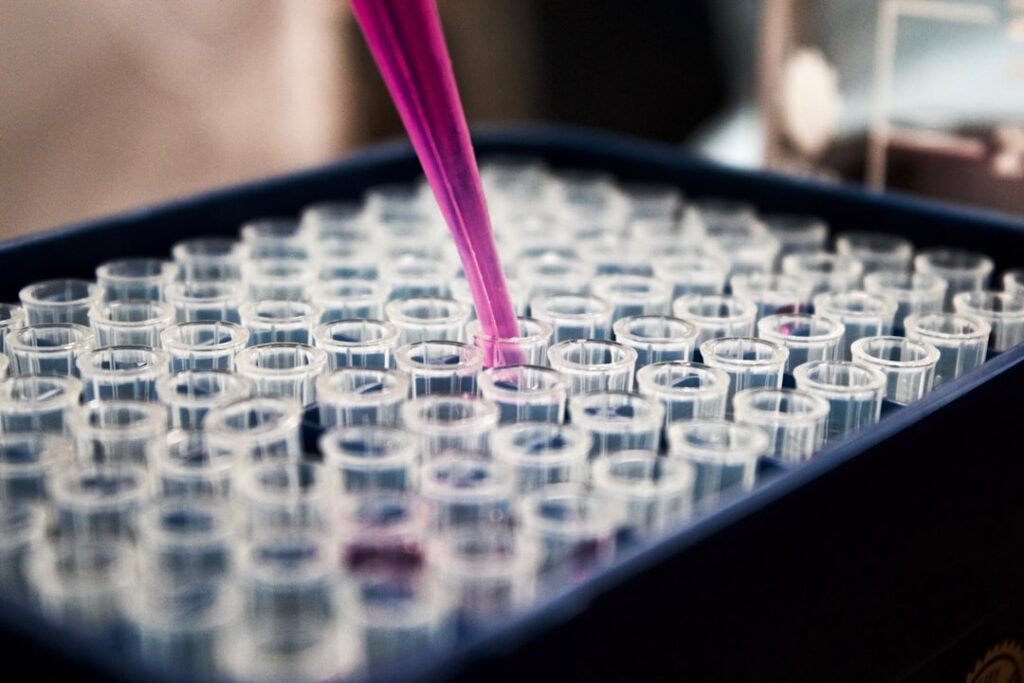The iron and steel industry is notorious for its heavy carbon footprint, accounting for a significant portion of industrial carbon emissions globally. A recent study led by Xu Wenqing from the Institute of Process Engineering, Chinese Academy of Science, explores innovative methods to mitigate these emissions through advanced smelting technologies. The research, published in the journal ‘能源环境保护’ (Energy and Environmental Protection), highlights the potential of coupling blast furnace gas circulation with carbon capture technology—a dual approach that promises not only to reduce emissions but also to enhance energy efficiency.
Xu emphasizes the urgency of addressing carbon emissions in steel production, stating, “The blast furnace process represents a major challenge in our efforts to reduce carbon emissions in the steel industry.” The study outlines how integrating gas circulation can significantly improve the smelting process while simultaneously capturing carbon. This method allows for the recycling of top gas, which is a byproduct of the smelting process, thereby transforming a potential waste product into a resource.
The findings indicate that this innovative coupling can lead to a reduction in carbon emissions from blast furnaces by as much as 20% to 40%. This is a substantial figure, particularly in an industry where every percentage point of emission reduction can have significant environmental and regulatory implications. Xu notes, “By leveraging the synergies between gas circulation and carbon capture, we can not only meet stricter emissions standards but also pave the way for a more sustainable future in steelmaking.”
The research also delves into existing carbon capture technologies, such as the mature chemical absorption method and variable pressure adsorption method, underscoring their viability in industrial applications. However, Xu points out that the real breakthrough lies in the coupling of these technologies with gas circulation, which offers a more efficient pathway to emissions reduction.
Looking ahead, the study suggests that future research should focus on understanding the changes in reaction mechanisms within the blast furnace during gas cycling. Additionally, developing low-energy carbon capture materials specifically suited for blast furnace gas could further enhance the effectiveness of this approach.
The implications of this research extend beyond environmental benefits; they signal a shift towards more sustainable practices in the iron and steel sector, aligning with global carbon neutrality goals. As industries grapple with the pressures of climate change and regulatory frameworks, innovations like those proposed by Xu and his team could provide a competitive edge, positioning early adopters as leaders in the transition to low-carbon manufacturing.
In a time when the energy sector is increasingly scrutinized for its environmental impact, Xu’s research offers a glimmer of hope, suggesting that with the right technology and commitment, significant strides can be made in reducing industrial carbon emissions. As the world moves toward a more sustainable future, the integration of carbon capture and gas circulation in blast furnace operations could very well become a cornerstone of modern steel production.




